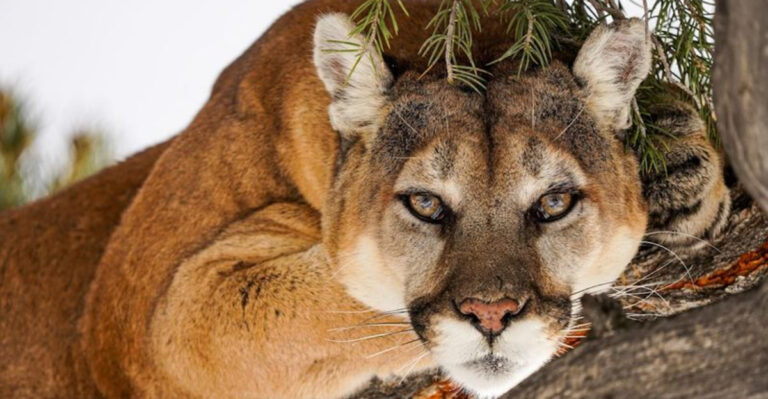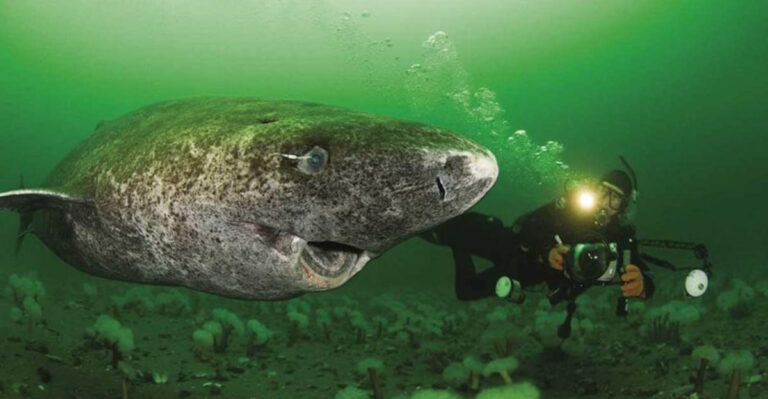14 Silent Signs Your Dog Is Overheating And Why You Might Be Missing Them
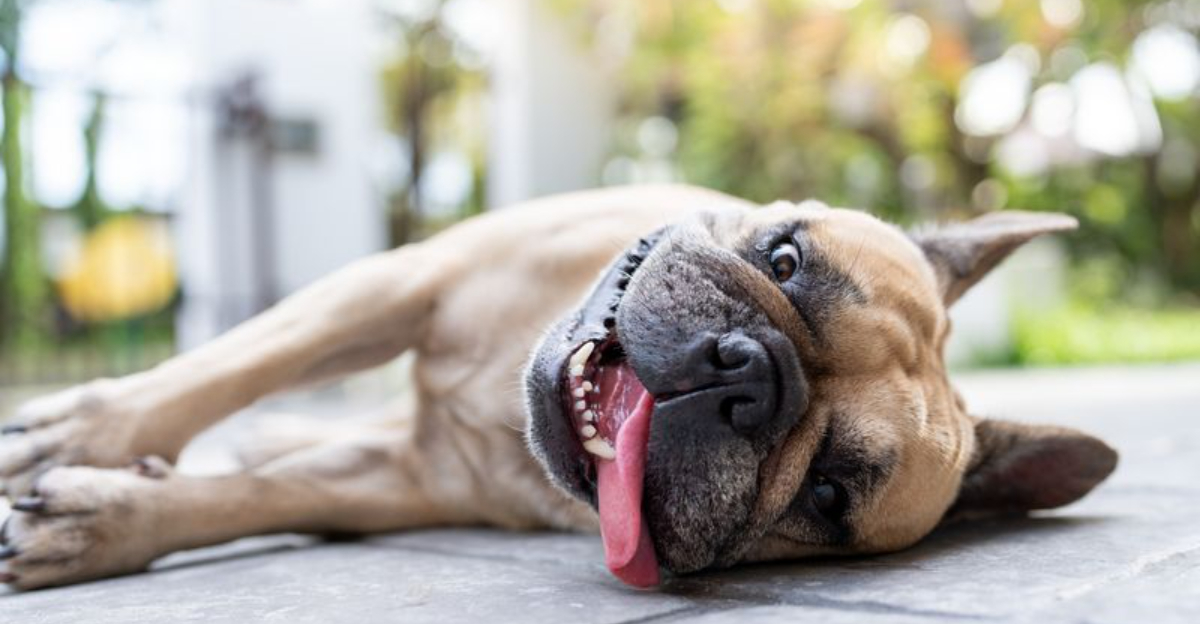
Summer heat can be deadly for our four-legged friends, yet many warning signs of overheating go unnoticed until it’s too late.
Dogs can’t tell us when they’re struggling with heat, and their furry bodies make them especially vulnerable to rising temperatures.
Knowing these subtle signals could save your pup’s life during hot weather, particularly for breeds with thick coats or flat faces.
1. Excessive Licking Of Paws
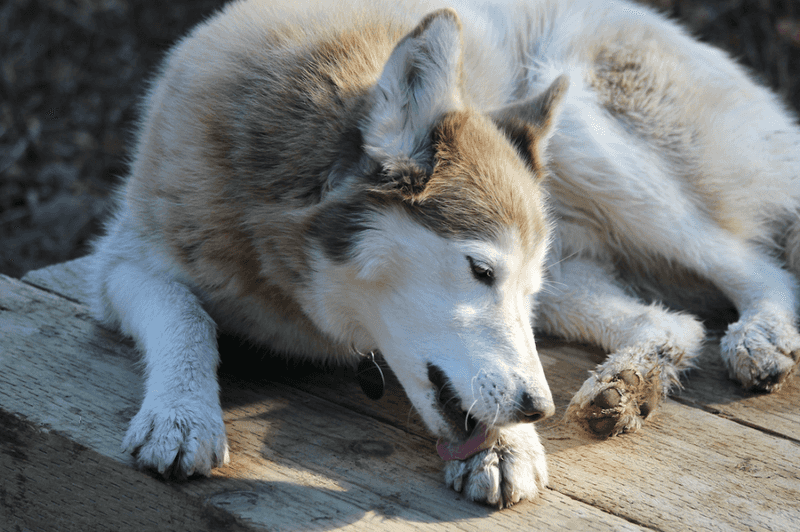
Dogs instinctively lick their paws to cool down through evaporation. The moisture left on their paw pads helps regulate body temperature when they’re feeling too hot.
Many owners mistake this behavior for allergies or boredom, especially if your dog regularly grooms. The difference lies in persistence – heat-related licking is more urgent and focused.
2. Restlessness Or Difficulty Settling Down
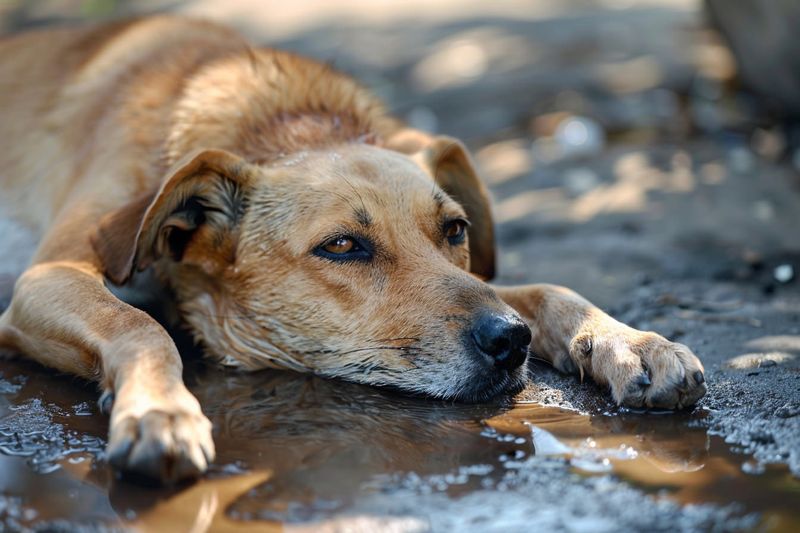
Your normally calm companion might pace, circle, or constantly change positions when overheated. They’re searching for a cooler spot but can’t find relief anywhere.
The discomfort makes relaxation impossible. This behavior often gets dismissed as excitement or anxiety, but watch for it specifically on warm days or after outdoor activities.
3. Shallow Or Rapid Breathing
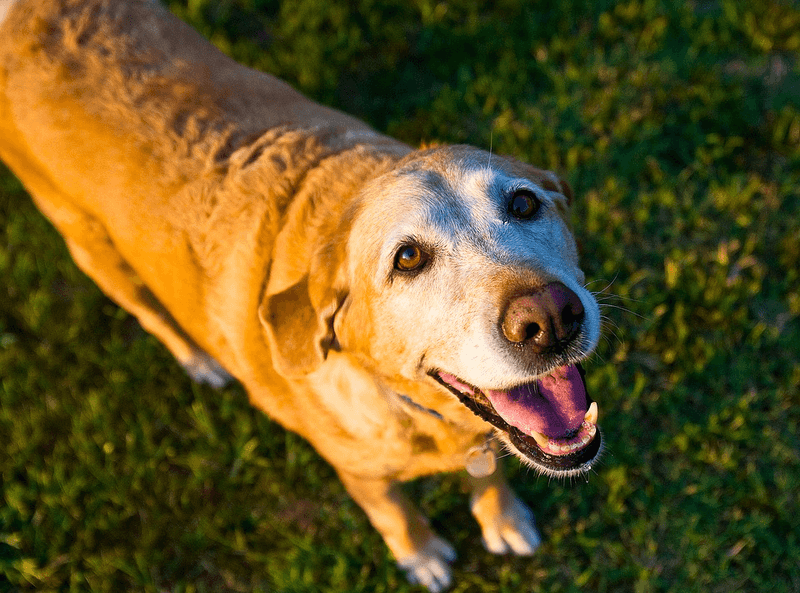
Normal panting involves deep, rhythmic breathing with a relaxed mouth. Heat-stressed dogs take quick, shallow breaths with tense mouth muscles and an extended tongue.
The breathing pattern becomes more frantic than usual. Without a thermometer for dogs, this respiratory change is one of your best indicators that your pet’s cooling system is struggling.
4. Dilated Pupils

Heat stress affects your dog’s nervous system, often causing their pupils to expand noticeably. This subtle change happens as their body shifts into emergency mode.
Unless you regularly check your dog’s eyes, this warning sign typically goes unnoticed. Combine dilated pupils with other symptoms for a clearer picture of potential overheating.
5. Bright Red Or Pale Gums

Healthy dog gums should be salmon pink. During overheating, they turn either bright red (early stage) or pale/white (advanced stage) as circulation problems develop.
Most pet parents rarely check their dog’s mouth unless something’s obviously wrong. Make gum-checking part of your routine, especially during hot weather or after intense activity.
6. Vomiting Or Diarrhea
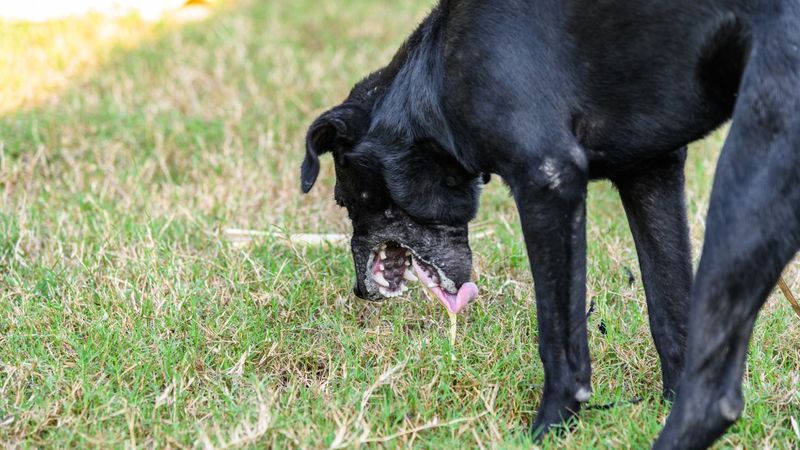
Heat stress wreaks havoc on your dog’s digestive system. Their body prioritizes cooling over digestion, often leading to unexpected stomach upset.
It’s easy to blame these symptoms on something your dog ate. The timing is crucial – if digestive issues appear during or after heat exposure, cooling should be your first priority before assuming dietary indiscretion.
7. Excessive Drooling

Unusual amounts of thick, ropy saliva can indicate your dog’s cooling system is working overtime. This isn’t the normal slobber you might expect from certain breeds.
Heat-induced drooling appears suddenly and abundantly. For breeds that naturally drool, watch for a significant increase beyond their typical amount – this change signals potential temperature regulation problems.
8. Lack Of Appetite
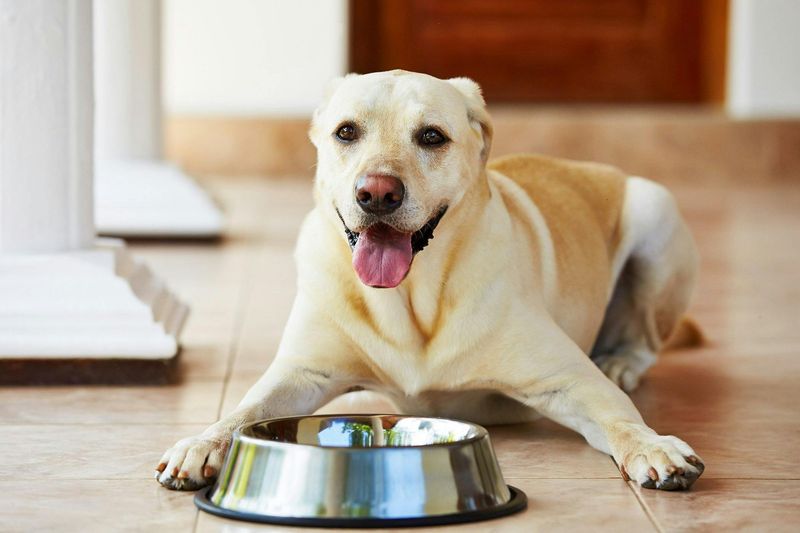
An overheated dog often refuses food entirely. Their body diverts energy away from digestion to focus on cooling down.
Food refusal gets attributed to pickiness or stomach bugs. The context matters – if your normally food-motivated pup suddenly ignores meals during hot weather, temperature might be the real culprit.
9. Uncoordinated Or Wobbly Movements
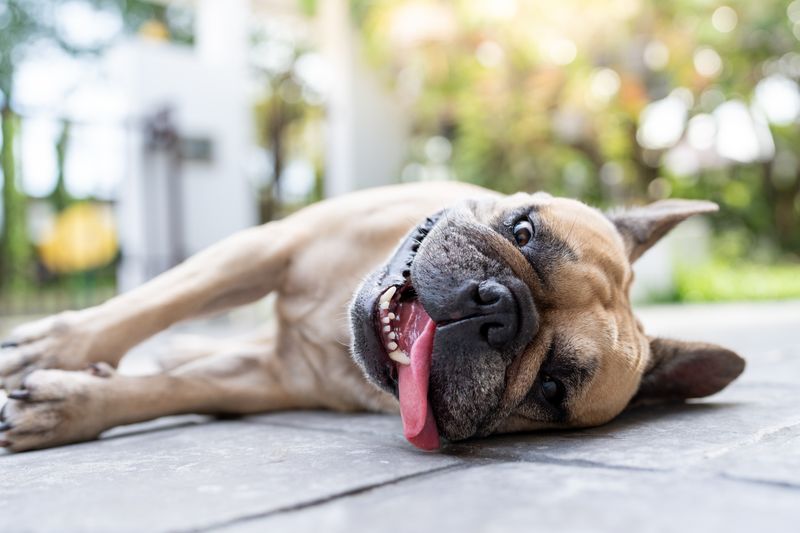
Heat affects your dog’s brain function, causing them to stumble, appear disoriented, or move like they’re slightly drunk. This signals the heat situation has become dangerous.
For senior dogs, these symptoms often get dismissed as age-related. The sudden onset makes the difference – if your dog was fine earlier and suddenly becomes unsteady during heat exposure, take immediate action.
10. Resting In Odd Positions

Overheated dogs often sprawl flat on cool surfaces with legs stretched out. They might press their bellies against tile floors or lie spread-eagle on concrete.
This position maximizes contact with cooling surfaces. While stretching out can be normal relaxation behavior, context matters – if your dog adopts unusual positions specifically on cool surfaces, they’re likely trying to reduce body heat.
11. Dark Or Hot Skin

Gently part your dog’s fur and check their skin temperature. Overheated dogs develop unusually warm or reddened skin that feels hot to touch.
This sign remains hidden under fur coats. For dark-skinned dogs, check areas with thinner fur like the belly. The skin should feel warm but never hot – excessive heat indicates your dog’s cooling system is failing.
12. Excessive Panting

Normal panting stops when your dog rests in a cool environment. Heat-stressed panting continues relentlessly despite rest periods and water access.
The intensity matters more than the presence of panting itself. Watch for a tongue that extends further than normal, curls at the end, or appears wider and flatter than usual – these indicate your dog can’t cool down effectively.
13. Rapid Heartbeat
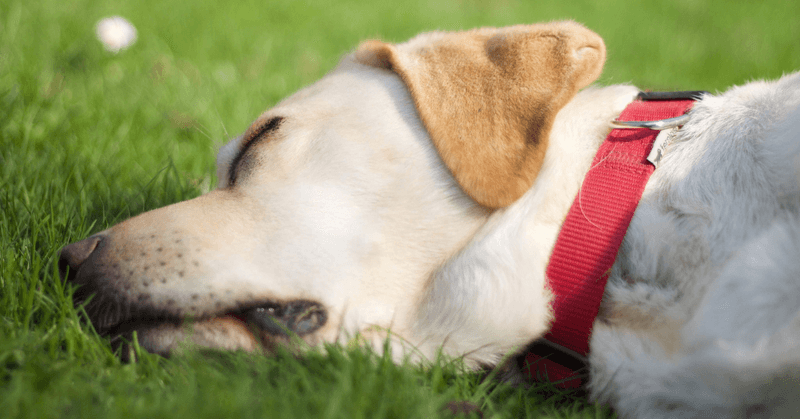
Place your hand on your dog’s chest behind their left elbow. An overheated dog’s heart races much faster than normal as their cardiovascular system works overtime.
Normal canine heart rates vary by size – smaller dogs have faster hearts. The key is knowing your dog’s baseline rate. A sudden increase during warm weather, especially combined with other symptoms, signals dangerous heat stress.
14. Behavior Changes Or Increased Irritability
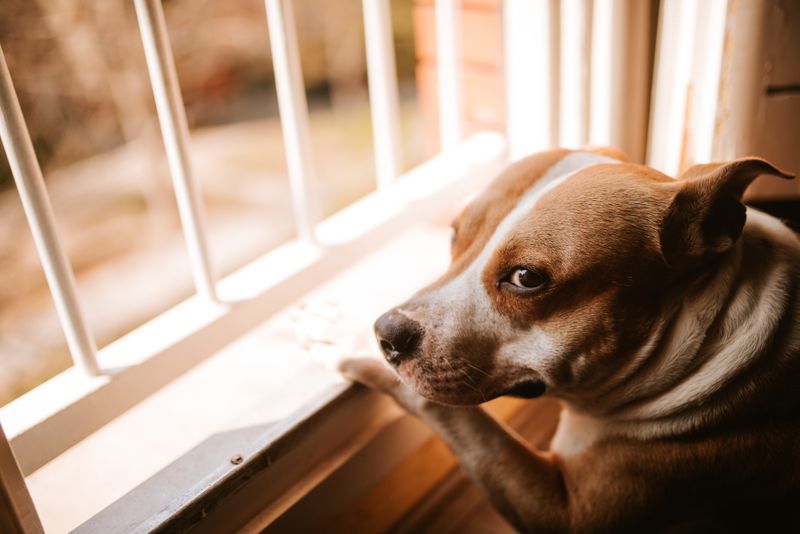
Heat discomfort transforms even the friendliest dogs into grumpy companions. Your normally affectionate pet might snap, growl, or withdraw when approached.
These personality shifts get misinterpreted as behavioral problems. The timing reveals the truth – if temperament changes correlate with temperature increases, your dog isn’t being difficult; they’re suffering from heat-related distress.

